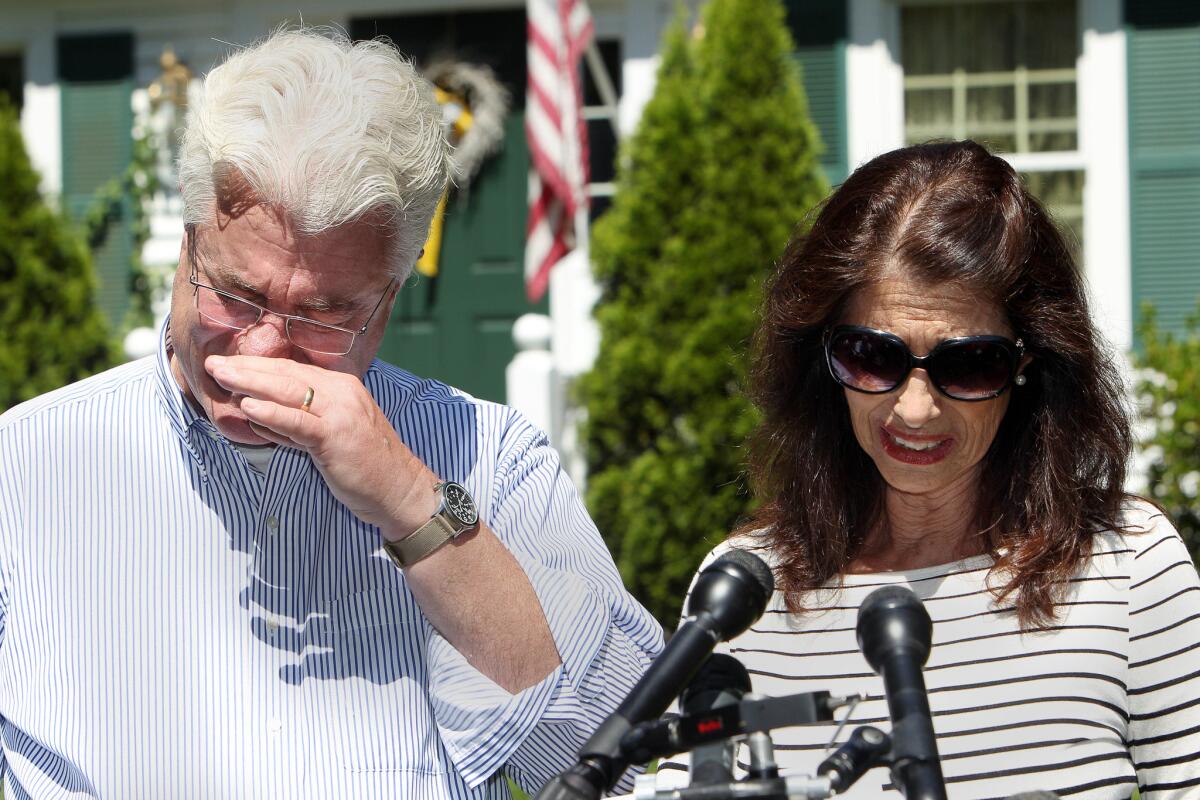Twitter, YouTube try to stamp out images of journalist’s beheading

- Share via
Twitter has been suspending the accounts of some users who share images and videos that show the beheading of journalist James Foley by the militant group Islamic State.
The move to delete the tweets and temporarily suspend the posters has generated a mix of support and backlash on the social network, which said it has a policy of removing images of the deceased when requested by a family member. The content subject to removal should relate to the critical injury or the moments before or after death, per Twitter’s policy.
Twitter launched with a spirit of openness but has more recently tried to balance competing interests of the media and private individuals as it seeks to become as mainstream as Facebook.
Foley was working as a freelance journalist for Global Post when he was taken hostage in Syria in 2012. The video of the execution-style murder of Foley was posted online by the Islamic State, an Al Qaeda-linked group that has seized control of parts of Syria and Iraq.
The video surfaced on YouTube, and the White House has asked the Google-owned video network to take down the footage, though it continued to pop up from new accounts. YouTube generally removes videos showing “gratuitous violence” and doesn’t allow terrorist organizations to maintain accounts.
Chat with me on Twitter @peard33







